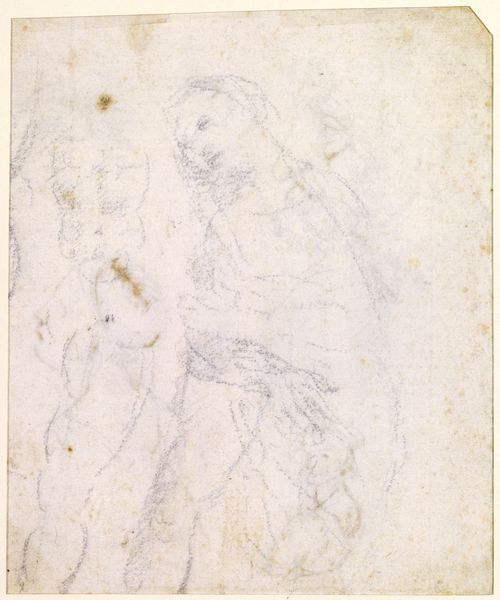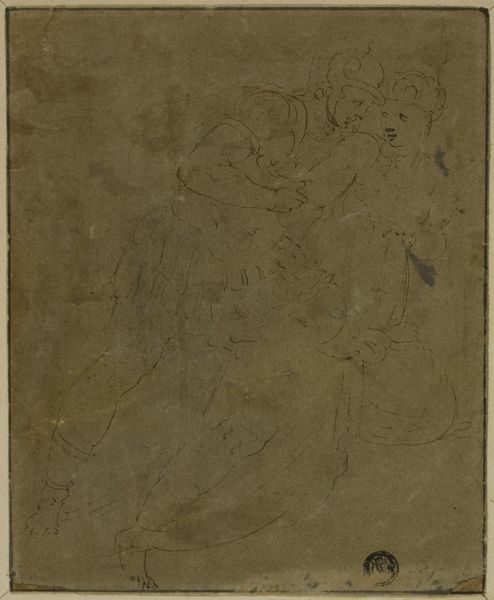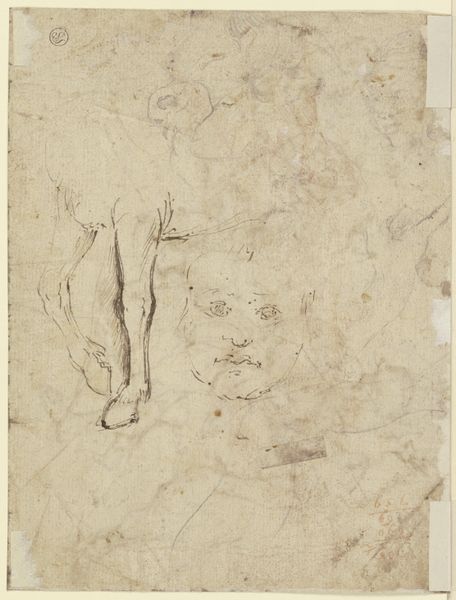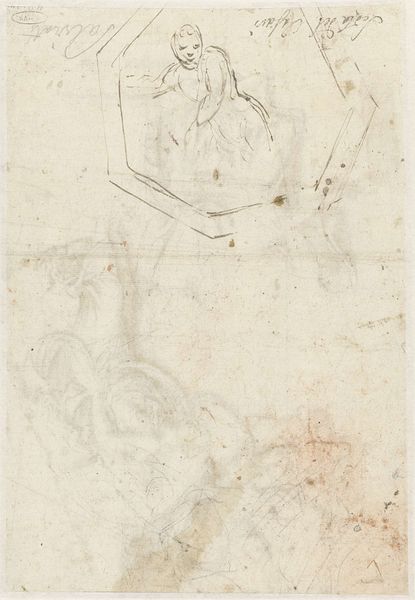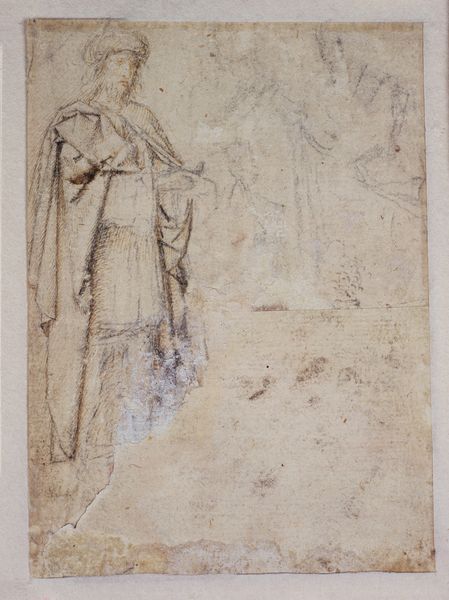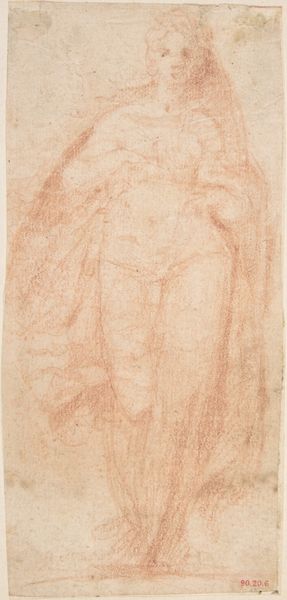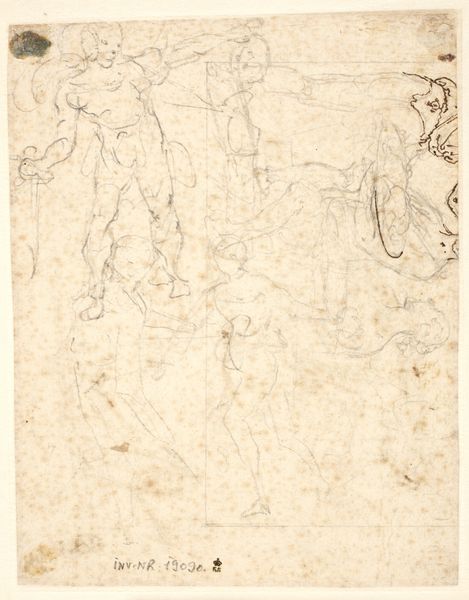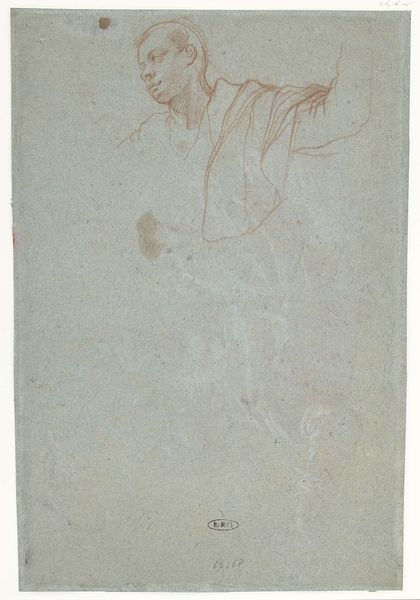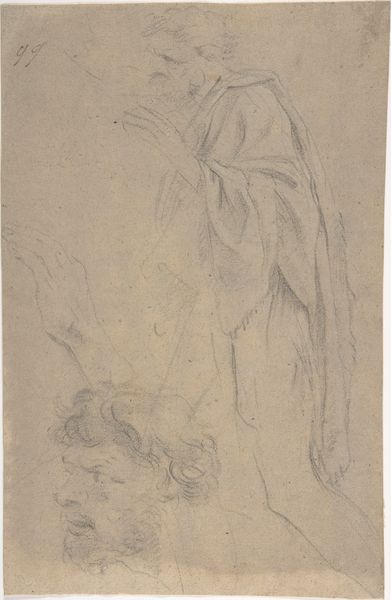
drawing, print, paper, pencil
#
portrait
#
drawing
# print
#
paper
#
11_renaissance
#
pencil
#
northern-renaissance
#
italian-renaissance
Dimensions: sheet: 6 5/16 x 4 15/16 in. (16.1 x 12.6 cm)
Copyright: Public Domain
Editor: So, here we have an intriguing drawing from somewhere between 1500 and 1600 – titled "Head of a Woman and Sketch of a Figure (?)". It's rendered in pencil on paper, and currently resides here at The Met. There’s something almost ghostly about it, the lines so delicate and the figures seemingly emerging from the aged paper. It feels like a glimpse into a Renaissance artist's thought process. What do you see when you look at it? Curator: That's beautifully put. "Ghostly" really captures the essence. For me, it’s a window into the intimate world of the artist. Not just their skill, but their mind, too. Notice how the red chalk emphasizes the woman's face, while the figure seems to recede? Makes you wonder about the artist's intentions – was the woman meant to be the focal point, or were they exploring multiple ideas at once? It feels like a private conversation laid bare. Ever get the sense you’re eavesdropping on someone’s artistic soul? Editor: Absolutely, the contrast in line weight is striking. But it also makes me think about process – the artist perhaps experimenting, layering ideas. Do you think this was a preparatory sketch for something larger, or an end in itself? Curator: Ah, that's the delightful ambiguity, isn't it? It could be a preparatory study for a painting or sculpture, a way of working through composition and form. Or perhaps it was a “moment” captured – the fleeting beauty of a face, a gesture. That sense of immediacy, the rawness, it might have been precisely what the artist was after! It makes one wonder how many other “moments” were committed to paper this way and sadly lost over time. It’s rather humbling. Editor: That’s a great point. I hadn’t considered the sheer volume of sketches that likely didn’t survive. It gives this piece a certain weight, doesn’t it? Makes you appreciate the survival of the imperfect all the more. Curator: Precisely! It’s in these seemingly "incomplete" works that we often find the purest expression of an artist's vision, unburdened by the pressure of perfection. Almost makes you wish you had access to their art classes, right? Editor: Definitely. Thanks, this has changed how I look at works on paper now.
Comments
No comments
Be the first to comment and join the conversation on the ultimate creative platform.
